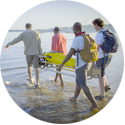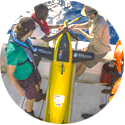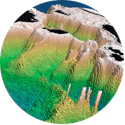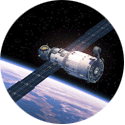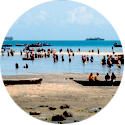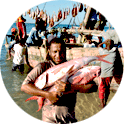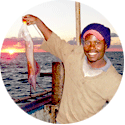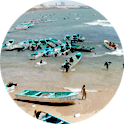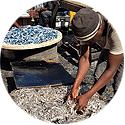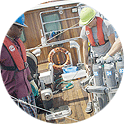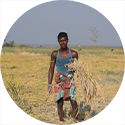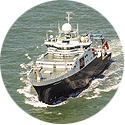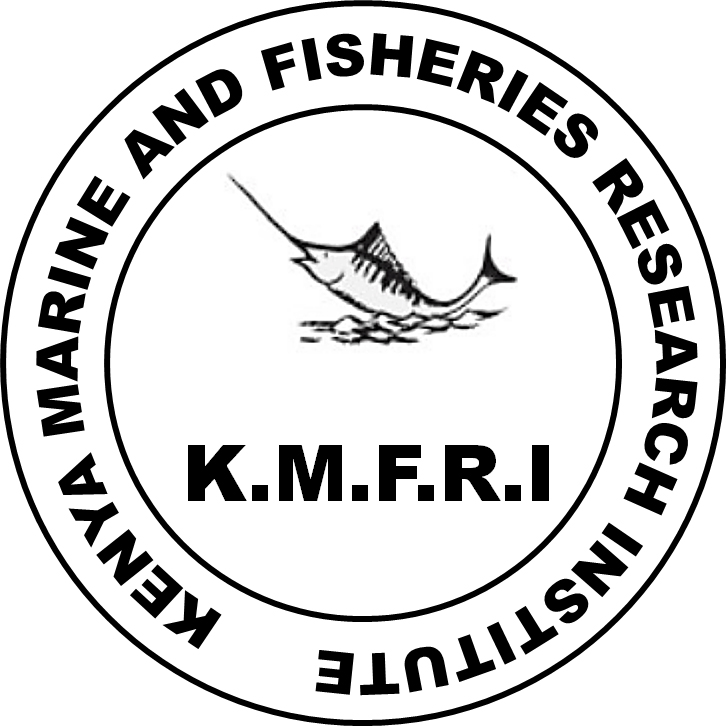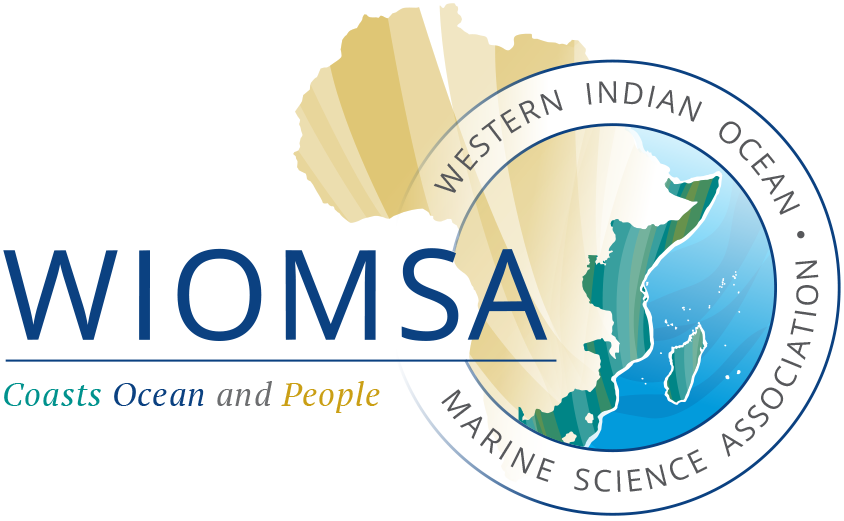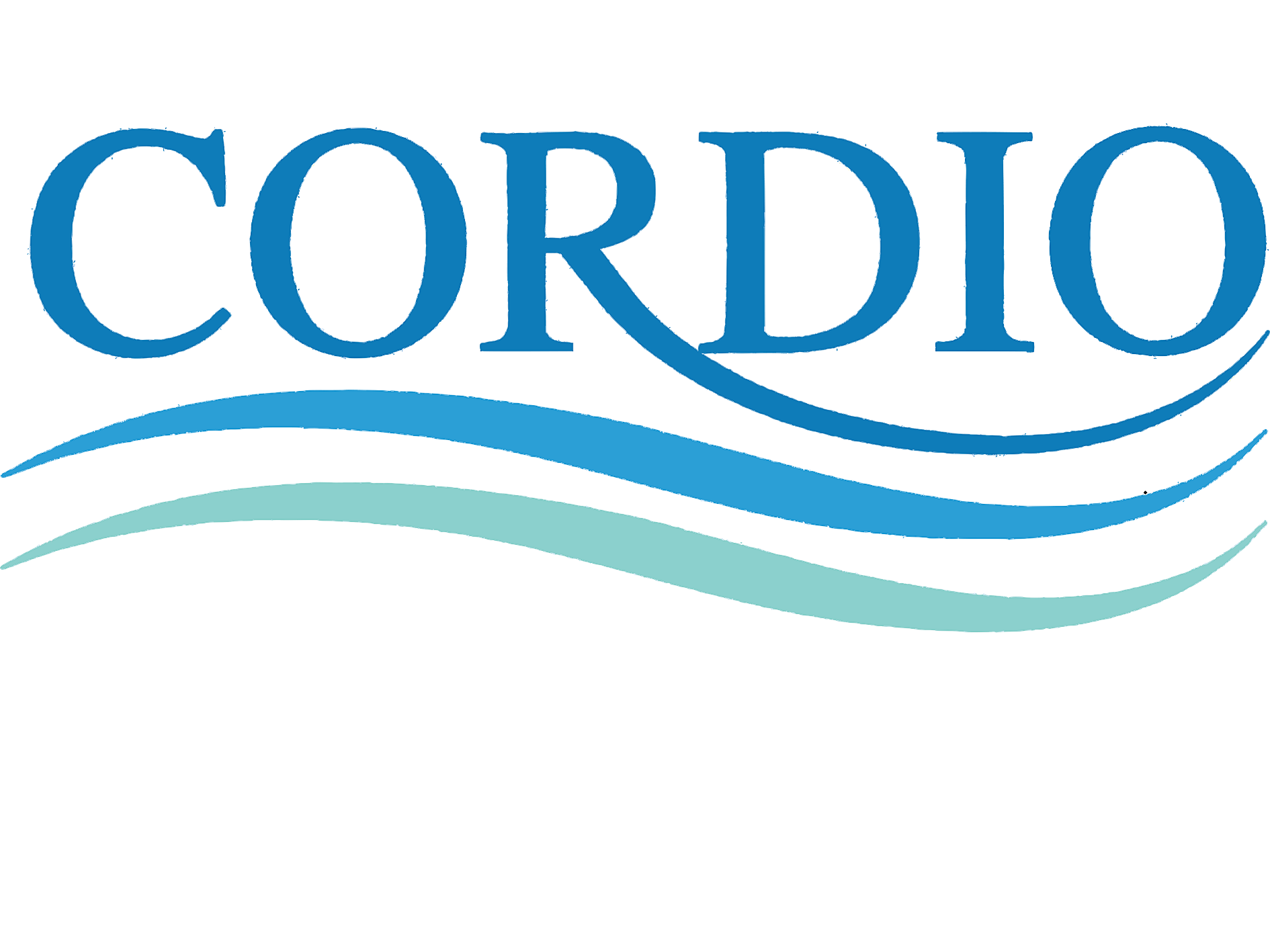“Ocean Science in Action” (OSA) aims to build a unique collection of open access online educational and capacity development video resources dedicated to the innovative marine technologies and how they are used to tackle the challenges of sustainable management of marine ecosystems.
OSA examines the latest advances in marine robotics, remote sensing, and ocean modelling, exploring their use via real-world case studies from the Indian Ocean. The program brings stories about artisanal fisheries, blue carbon ecosystems and coastal communities at the forefront of the climate change impacts.
Working together with a range of interdisciplinary research projects, the OSA international partnership develops and continuously expands a library of engaging video lectures demonstrating how marine science can contribute to global efforts in meeting the UN Sustainable Development Goals and the challenges of the Ocean Decade 2030.
The program videos were originally created for a SOLSTICE Project MOOC and hosted by FutureLearn.
Lead PI: Dr K.Popova, e.popova@noc.ac.uk
-
The Science we need for the Ocean we want
![]()
Recognising the challenges our oceans are facing, the United Nations has declared the decade of 2021 to 2030 a Decade of Ocean Science for Sustainable Development. This Decade will aim to mobilise the ocean community behind the ideas of sustainability. What is Decade 2030 aspiring to achieve? How does it fit with the UN Sustainable Development Goals? And what type of ocean science do we need to achieve this ambitious agenda?
United Nations Sustainable Development Goals
Dr D. Obura – CORDIO, East AfricaStresses upon Stresses: Western Indian Ocean under Climate Change
Dr K. Popova, Dr A. Yool – NOC
-
Introduction to Marine Robotics
![]()
Marine robotics is opening new opportunities to explore the oceans at a fraction of the cost of a research ship. But how do the robots work and what are the challenges this new area of ocean science engineering is facing?
The Robots are coming! How autonomy is transforming Oceanography
Dr M. Palmer – NOC
-
Introduction to global ocean modelling
![]()
Global ocean models make it possible to explore how ocean currents and ecosystem function in different regions around the globe. But how do these models work? What does it take to understand an output from a complex model? and what lessons can we learn from terabytes of numbers?
Introduction to Ocean Modelling: It’s all In The Numbers
Dr A. Coward – NOC
-
Introduction to remote sensing
![]()
Earth observations satellites have become a key tool of studying the oceans. But how do their sensors work and what can they tell us about the oceans: their life, their dynamics and their ongoing change?
Mapping the Invisible: An Introduction to Satellite Oceanography
Dr F. Jebri, Prof M. Srokosz – NOCThe Blue, Green Ocean from above: Chlorophyll-a from Satellite Ocean Colour
Dr F. Jebri, Prof. M. Srokosz – NOCThe Hills and Valleys of the Ocean: Sea surface height and ocean circulation from satellite altimetry
Dr F. Jebri, Prof. M. Srokosz – NOC
-
Introduction to the Western Indian Ocean
![]()
Western Indian Ocean is special in many ways. Compared to other oceans, it is less impacted by human activities. It hosts the largest seasonal upwelling system on the planet. What features geographical and economic systems make it unique?
An Ocean like no other: The dynamics and biogeochemistry of the Western Indian Ocean
Dr K. Popova, Dr Z. Jacobs – NOCValuing the Invaluable: The economic value of the Western Indian Ocean
Dr D. Obura – CORDIO, East Africa / Dr K. Popova – NOCWho governs the ocean?
Dr D. Obura – CORDIO, East Africa
-
Emerging Fishery of the North Kenyan Bank – The Next Frontier for Food Security
![]()
The North Kenya Bank fishery is expected to spur economic growth for local communities. If well managed, it could help achieve national development goals, including poverty alleviation and wealth creation. Sustainability requires informed management interventions, but there is only scant information on the ecological status and environmental drivers of the fishery. What do we know about oceanography of the North Kenyan Banks? Can ocean modelling and remote sensing help to understand and predict its dynamics and help with fisheries management?
Introduction to the North Kenyan Bank Fishery – Does the Mysterious Upwelling exist?
Dr J. Kamau – KMFRI, KenyaModelling to the rescue! What drives North Kenyan Bank upwelling?
Dr Z. Jacobs – NOC
-
Environmental Drivers and Socio-Economic Consequences of the South African Chokka Squid Fishery Collapsing
![]()
The collapse of the chokka squid fishery in 2013 had a devastating effect on the Eastern Cape, one of the poorest provinces in South Africa. The reasons for the collapse are unknown, although local fishermen believe it happened as a result of environmental change. What are the key environmental and anthropogenic factors controlling the ecosystem dynamics of the Agulhas Bank? Can we explain why the fishery collapsed, and inform the fishery and government as to whether the current recovery is stable, or whether similar collapses are likely in the future?
Introduction to the South African Squid Fishery – Why do squid catches crash intermittently?
Prof. M. Roberts – NMU, South Africa / Prof. W. Sauer – Rhodes, South AfricaChokka squid and its environment (Environmental drivers of the Squid Fishery)
Prof. M. Roberts – NMU, South Africa / Prof. W. Sauer – Rhodes, South Africa
-
The world’s strongest seasonal upwelling
![]()
Off the coast of the Horn of Africa runs the fastest current of the global ocean – the seasonally reversing Somali Current. From June to September, when the monsoonal winds blow to the north-east, the world strongest seasonal upwelling occurs along the coastline of Somalia, bringing cool, nutrient-rich waters to the surface. This nutrient supply fuels marine primary production and drives productive local ecosystems and fisheries. What drives this upwelling and how does it impact the lives of local coastal communities?
Somalia Fisheries: The History, Challenges and Opportunities
F. James, S. Akester – MacAlister ElliottSomalia upwelling: what drives the world’s strongest seasonal upwelling?
Dr Z. Jacobs – NOC
-
Small Pelagic Fisheries of Pemba Channel, Tanzania
![]()
Small pelagic fish are an important source of food security, nutrition and livelihood for many coastal nations heavily dependent on living marine resources. Such is the case for many communities in the Zanzibar Archipelago and on mainland Tanzania in the Western Indian Ocean. What makes this fish so important? How does marine environment impact its abundance? And how do we define concept of food security?
A Small Fish with a Big Mission: An introduction to the Small Pelagics of the Pemba Channel
Dr S. Taylor – NOC / Dr N. Jiddawi – IMS, Zanzibar, TanzaniaWhen Food Security is Insecure – a concept of Food Security explained with the help of Small Pelagic Fish
Dr S. Taylor – NOC / Dr N. Jiddawi – IMS, Zanzibar, TanzaniaHow Stable are the Pillars of Food Security? Pillar one: Food Availability
Dr S. Taylor – NOC / Dr N. Jiddawi – IMS, Zanzibar, TanzaniaHow Stable are the Pillars of Food Security? Pillar two: Food Access
Dr S. Taylor – NOC / Dr N. Jiddawi – IMS, Zanzibar, TanzaniaHow Stable are the Pillars of Food Security? Pillars three and four: Food Utilisation and Stability
Dr S. Taylor – NOC / Dr N. Jiddawi – IMS, Zanzibar, TanzaniaSummary of the Tanzanian Case Study: A tale of two upwellings
Dr F. Jebri – NOC
-
Welcome aboard! Become an oceanographer for a day
![]()
The Pemba Channel with its steep, rugged bathymetry and the fast current make this a challenging environment to study. Join our teams to test if it is possible to overcome the difficulties of working in such complex dynamic environments without highly equipped large research vessels. Become an oceanographer for the day and find out what it takes to survey marine environment using robotic gliders!
Big Results without Big Ships: Pemba Channel fieldwork
Dr S. Painter, Dr M. Palmer, Dr K. Popova – NOCA Day in the Life of the Marine Robotics Team
Dr J. Wihsgott, Dr M. Palmer – NOCLife On-board – a day at sea undertaking biogeochemical surveys
Dr S. Painter – NOC
-
Bangladesh Delta
![]()
Water security is critical in Bangladesh due to its vulnerability to floods, droughts, and rising sea levels. The country's reliance on agriculture, frequent monsoons, and river systems like the Ganges-Brahmaputra-Meghna make it prone to both water scarcity and excess, impacting livelihoods, food production, and health.
Bangladesh: the challenges of living in a delta country
Dr.Lucy Bricheno (NOC), Prof. Munsur Rahman (Bangladesh University of Engineering and Technology)Water security and climate change impacts
Dr.Lucy Bricheno (NOC), Prof. Munsur Rahman (Bangladesh University of Engineering and Technology)
-
Ocean Science for sustainable development: what are the key challenges of the Decade 2030?
![]()
The United Nations designated the years 2021 to 2030 as the ‘Decade of Ocean Science for Sustainable Development’. It presents a great opportunity to deliver scientific knowledge, foster technological innovation, and build capacity to achieve the 2030 Agenda and reverse the decline of ocean health. Which areas are in a most urgent need for scientific solutions?
